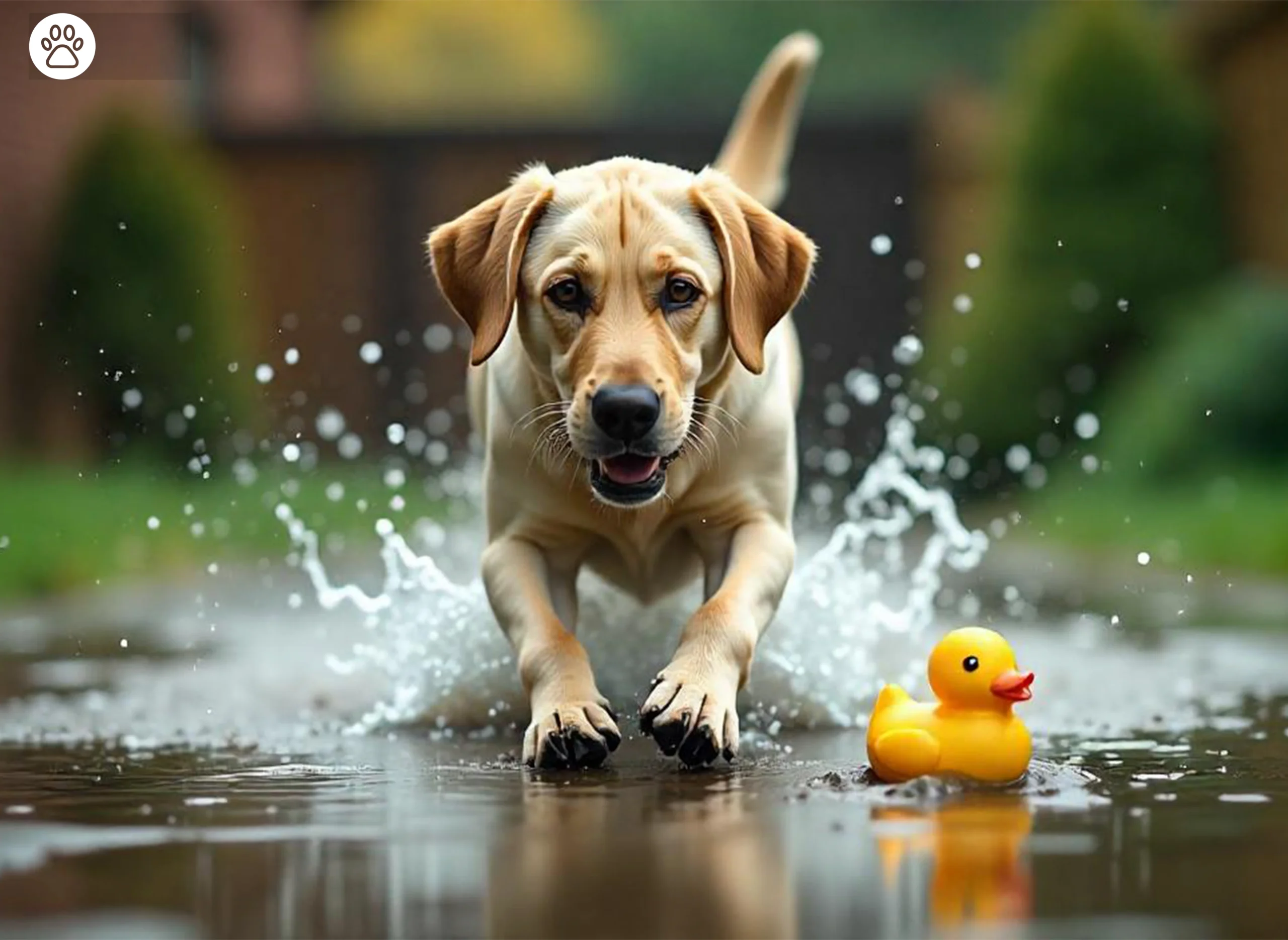Why doesn’t my dog enjoy playing fetch? This might surprise you.
With just a casual scroll online, one can easily find videos of dogs leaping off boats to catch frisbees or retrieving tennis balls from the lake. If you are like most people, you enjoy those videos too. But what happens when you pick a toy and attempt to throw it to your dog only for it to remain seated and roll its eyes? Before you stress yourself, keep in mind that most happy and healthy dogs out there simply do not enjoy fetching.
“Like we humans, dogs have unique preferences when it comes to playing ,” says dog behaviorist Dr. Linda Harper.” For other breeds like bulldogs and basset hounds, dog fetching may seem fun but actually prefer nose activities or deactivated strolls. There is also a category of dogs who simply never learned how to fetch and those who find the act of chasing objects to be frustrating,” said Dr. Harper.
How to Teach a Dog to Play Fetch
This piece will look into the reasons behind a dog not being able to cater to traditional standards set in their pet-parent relationship and cubes on how to teach a dog to play fetch. We will also discuss alternate activities for the pups who happen to think of fetch as mundane. Since what matters in the end is being able to help your dog wag his or her tail in fun.
Visit: 5 Easy & Cheap Raw Dog Food Recipes for Beginners
Why My Dog Doesn’t Fetch: 5 Main Concerns
Prior to diving into the various methods available on how to train your dog to play fetch, it is vital to consider why they might be reluctant to do so in the first place.

Consider the Breed
Herding breeds such as border collies and Labs tend to be crazy about fetching, don’t they? And what about bulldogs? Forget about it. Their physiology makes running around very uncomfortable.
Discover: A Complete Guide to Cockapoo Dogs: Everything You Need to Know
Previous Negative Encounters
If a ball with a nasty attitude struck the front of their face or nose, you better believe it won’t be picked up anytime soon. Unfortunately, some associations tend to stick.
Other Games are More Entertaining
But why should my dog fetch me a ball when instead he could be annihilating a soft toy in a game of tug of war? Everyone has individual preferences. Dogs are no exception.
The Suggestions Don’t Make Sense
Contrary to popular belief, dogs don’t know how to fetch from the moment they are born. Instead, they need to be taught the set-by-step process.
Explore: Top Benefits Of Apple Cider Vinegar For Dogs

Medical Problems
Conditions such as asthma or arthritis, as well as having trouble with eyesight, can make catching a ball seem tortuous. Always rule these out first.
Training Your Dog to Fetch: A Full Step by Step Guide
For dogs who don’t play with toys, this method has worked for many.
Selecting the Appropriate Toy
- A soft toy or light ball are appropriate options.
- Stick to lighter and plush items-only sharp sticks can damage teeth.
Learn More: Top Pet Names for Siamese Cats in 2025
Create Anticipation
- Attach the toy close to their nose and let them catch it first. Shower them with praise.
Short Distance Tossing
- Now throw it only 1 or 2 feet away. Even minor attention should be rewarded with cheers.
Putting Encouragement for Returns
- If they don’t bring the toy back gently pull them with a leash.
More Distance With Each Attempt
- After grasping the concept more range can be added. Make sure each session does not exceed under 5 minutes.
Pro Tip: Make use of motivation using high-value funds like chicken.
Fetch is a great game to keep your dog active and engaged. Even small breeds like the Chiweenie can learn to love it! Discover the spirited Chihuahua-Dachshund mix and learn how to tailor fetch training to their feisty energy for endless fun.
Check this out: Dog Vaccination Schedule: When to Vaccinate Your Puppy and Dogs
Why Do Dogs Love Fetch? Understanding the Science Behind it.
Have you ever pondered “why do dogs like to play fetch?” It’s not only about entertainment; biology has an important role.

Dog Instincts in Action
- Prey drive: Chasing behavior is similar to hunting.
- Reward system: Retrieving something makes dopamine release.
Relationship Building
- Dogs regard fetch as a form of cooperation with their beloved person.
What If My Dog Still Ignores Fetch? 5 Alternatives
In case your dog doesn’t fetch a ball, check out these other games:
- Flirt Pole Fun: A pole with a lure keeps dogs engaged in chase safely.
- Hide-and-Seek: Conceal yourself or treat for mental engagement.
- Tug-of-War: Ideal for strong breeds that enjoy pulling.
- Scent Work: Conceal toys for your dog to find with their nose.
- Water Retrieves: Some dogs enjoy fetching in pools or lakes.
Conclusion
Although knowing how to teach a dog to play fetch is useful, do not push them. It is perfectly fine if some dogs want to cuddle more than sprint. Tailor your efforts toward things they actually want to do. As it is, happy playtimes are what strengthen your bond the most.
The most effective playtime is one that fortifies your bond while considering your dog’s natural instincts. Try out new games and see which one makes their tail wag the most.
Learn more at: Biakwe
